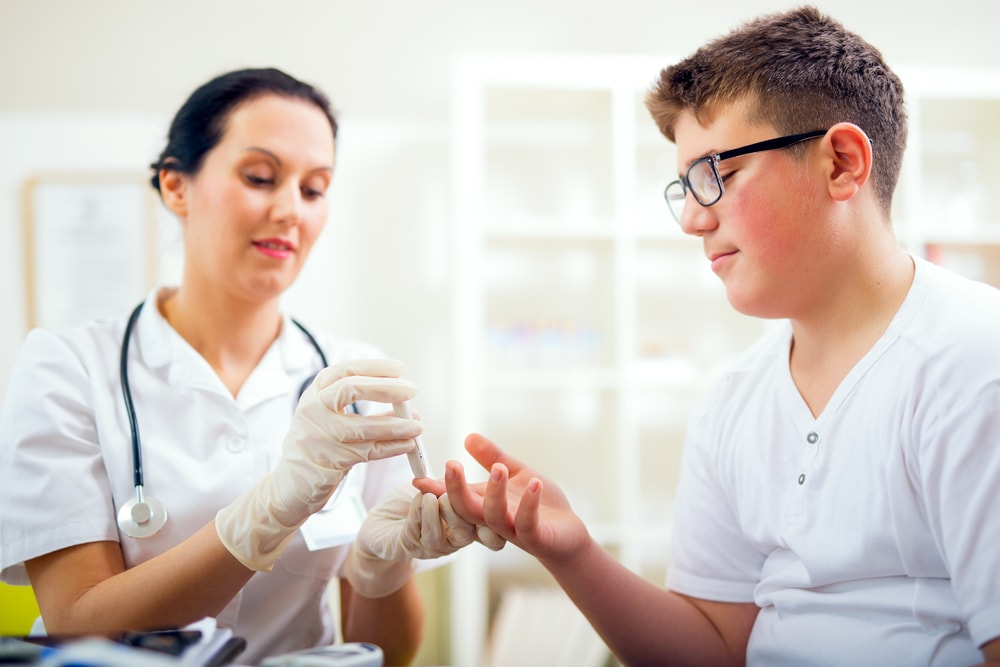Wondering what the warning signs of diabetes in children are? Learn more from www.BetterHealthKare.com
Has your son or daughter been tested for or diagnosed with childhood diabetes Type 1? This form of diabetes occurs when your child’s body cannot produce insulin. Because we all need insulin for our body to operate properly, the insulin will have to be introduced to the body from an outside source if it cannot be made naturally.
Childhood diabetes Type 1, sometimes called juvenile diabetes or insulin-dependent diabetes, may cause feelings of distress and/or confusion after a diagnosis. There is a lot of information to learn about the disease, and you and your son or daughter will have to learn about monitoring blood glucose, giving insulin injections, and become educated on diet and carbohydrates. If your child has not been diagnosed yet but the disease may be suspected, here are some of the early signs of diabetes in children to keep an eye out for:
- Feeling thirsty all the time
- Increase in urination
- Constantly feeling hungry, yet losing weight instead of gaining it
- Having a difficult time concentrating
- Experiencing headaches
- Waking up to urinate multiple times through the night
- Experiencing vision problems
- Feeling tired
- Sudden bedwetting (which had not previously been occurring)
- Irritability or changes in your child’s behavior
- Breath that smell fruity (due to ketones)
- Yeast infections or diaper rash
Now that you are aware of the early warning signs of diabetes in children, let’s take a closer look at the different types of diabetes.
Someone can be diagnosed with Type 1 diabetes as anytime in his or her life, whether it is childhood, teenage years or adulthood. It is diagnosed more in children older than five and is considered an autoimmune disease. In childhood diabetes Type 1, the body sees its pancreas (the organ that makes insulin) as foreign and begins attacking it. To combat the body’s inability to make insulin, the individual will have to take insulin from an outside source every day.
Doctors do not know exactly why some people get Type 1 diabetes and others do not, but inheriting high-risk genes is believed to be involved. Having these genes doesn’t always cause the disease, rather doctors feel a “trigger” may be the catalyst for turning these genes on in certain individuals (thus leading to the development of the disease).
Type 2 diabetes, which had been called adult-onset diabetes because it was often seen in adults, is now showing up more in teenagers and children. Today, Type 2 diabetes is typically diagnosed in patients’ ages 10 and older. Its cause is multifaceted and researchers believe there are genetic, environmental, ethnicity, lifestyle (active vs. inactive), and weight factors involved.
When someone has childhood diabetes Type 1 or Type 2 diabetes, complications can occur if the disease is not well controlled and blood sugar levels are not kept at healthy levels. Complications can include heart disease, damage to the eyes or blindness, kidney damage, nerve issues, difficult healing from infections, osteoporosis, etc. This is why it is crucial to see a doctor and get tested if you have any early signs of diabetes.
To learn additional early signs of diabetes in children, or learn more about diet, exercise and tips on how to live well with the disease, visit www.BetterHealthKare.com

